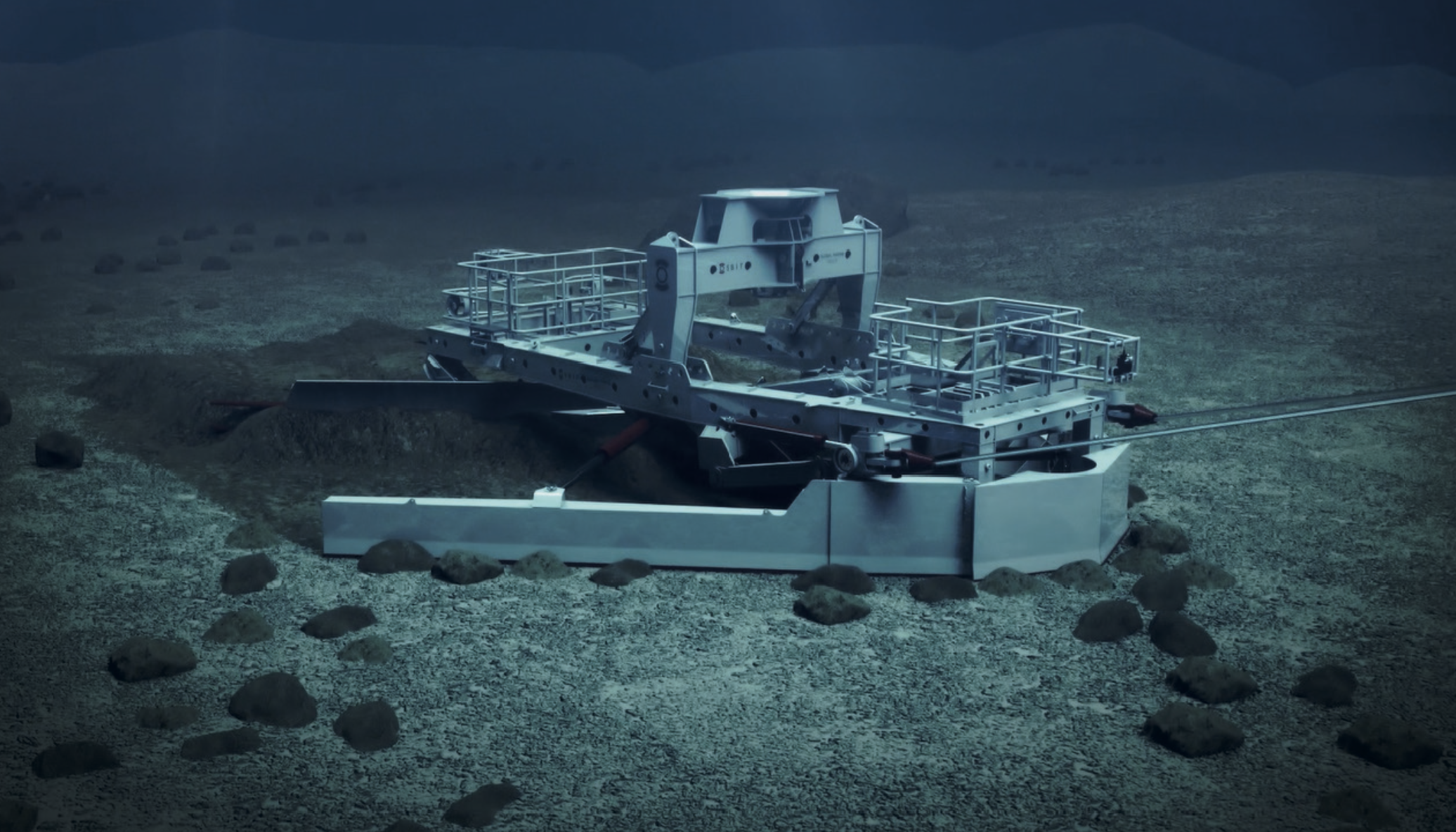Performing in-depth analysis on over 6,000 surface and sub-surface boulders, examined alongside a vast amount of bathymetry data, enabled OceanIQ Route Engineers to safely plan the array cable routes and seabed preparation plans for the 72 turbine Danish Kriegers Flak site.
OceanIQ’s parent company, the Global Marine Group (GMG), was appointed by Vattenfall to deliver the route clearance and cable installation campaign at Danish Kriegers Flak, an offshore wind farm located in the Baltic Sea, southeast of Copenhagen. The new development consists of 72 turbines linked to two offshore substations, splitting the site into two areas: Kriegers Flak A and Kriegers Flak B. Together the sites called for a total of 72 inter array cable routes; a large-scale project requiring detailed analytical work in order to determine the most economically viable routes for the entire site.
Developing an asset that was perfect for the job
Wind farms are increasingly located further offshore where seabed environments are more challenging and often consist of boulders, boulder clays and glacial tills, environments that standard ploughs designed to work in mostly sands and clays, find difficult to navigate and effectively work in.
The implication of using existing ploughing approaches with time consuming multi-pass boulder clearing and trenching on the Danish Kriegers Flak project were economic and environmental, taking too long and costing too much, whilst producing large amounts of CO2 and NOx.



























